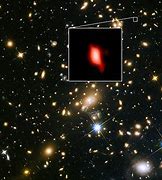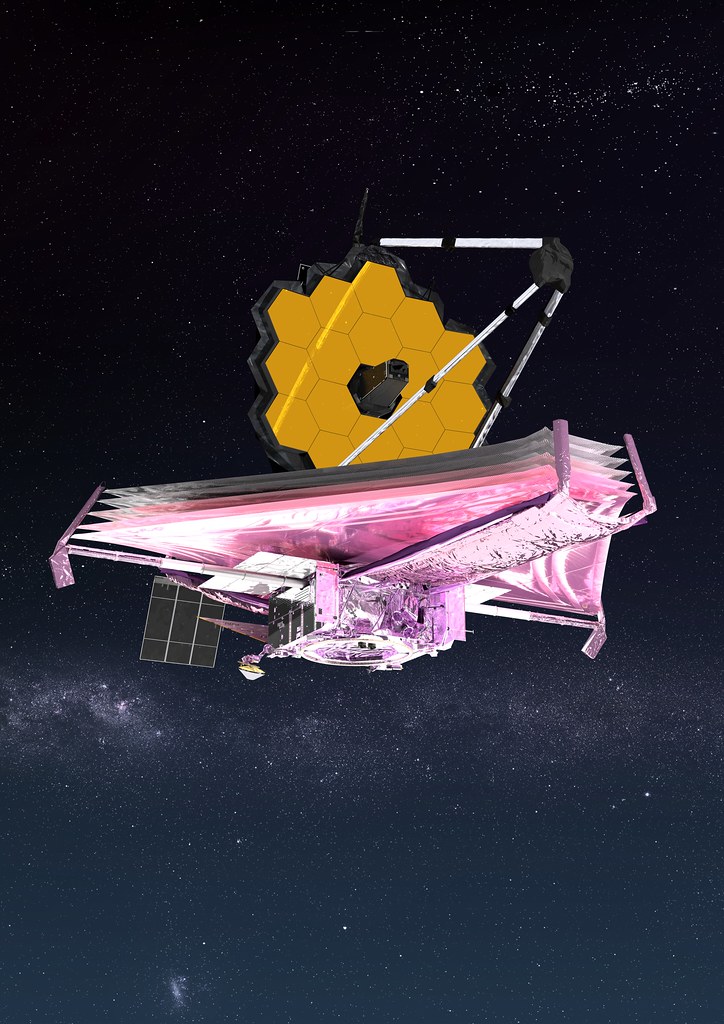
In a universe that today sparkles with starlight across its vast expanses, astronomers have peered back in time to witness a period when the cosmos was shrouded in a dense fog, concealing the early stars and galaxies from view.
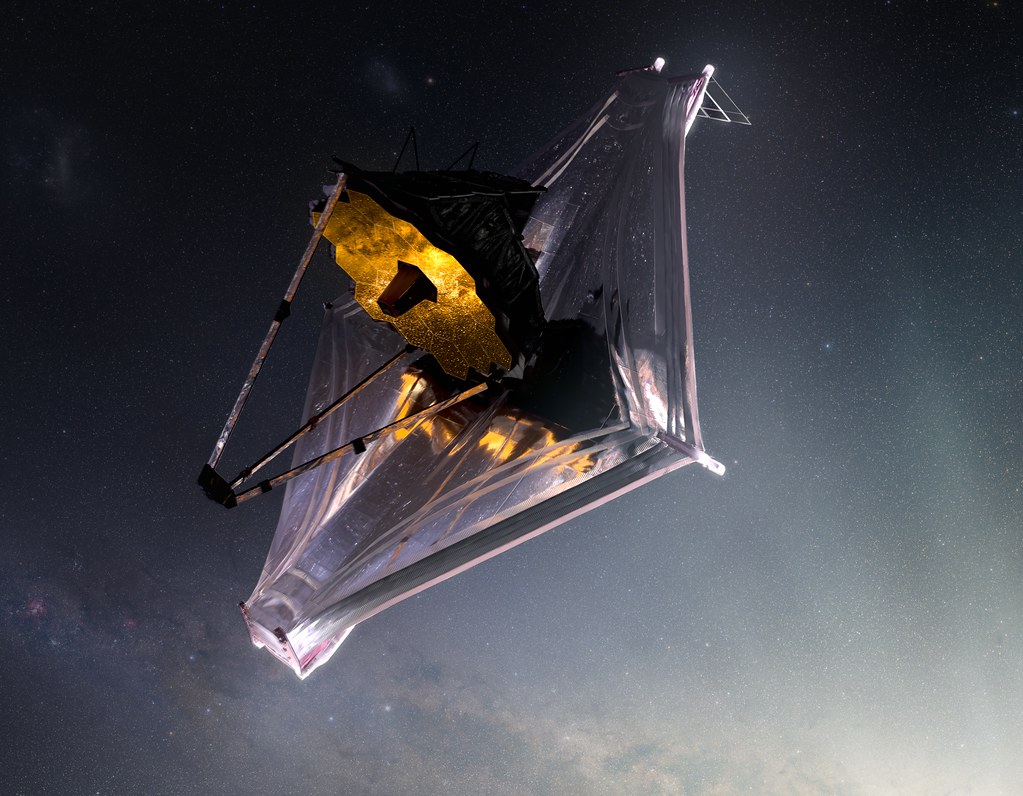
This was a time known as the cosmic dark ages, and understanding this era is essential to comprehending the universe’s evolution. The radiance of the universe’s explosive origin had subsided, and outer space was now permeated with thick gas – predominantly hydrogen – devoid of any light-emitting entities.

Now, with the help of gravitational lensing and the formidable capabilities of the James Webb Space Telescope (JWST), astronomers have confirmed the presence of the faintest galaxy ever seen from this obscure epoch, providing key insights into a transformative period known as the epoch of reionization.
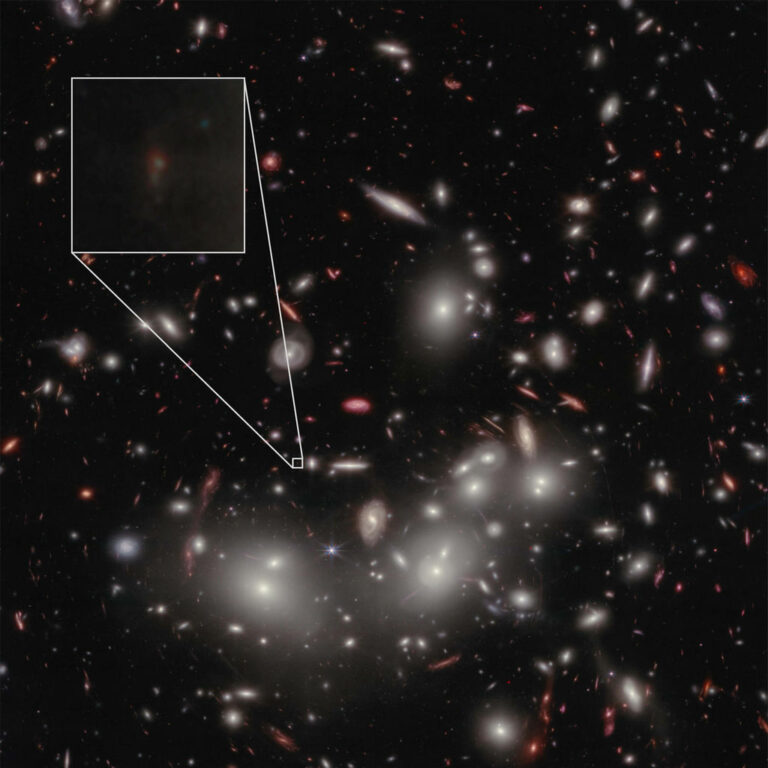
JD1, as the galaxy is identified, serves as a faint beacon from a time when the universe was a mere 480 million years old—just 4% of its current age.

This discovery has been made possible by the JWST’s powerful infrared instruments and an occurrence called gravitational lensing, which magnifies the light of distant objects.
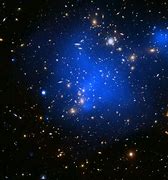
A colossal cluster of galaxies known as Abell 2744 fortuitously positioned in front of JD1, acts as nature’s magnifying glass, amplifying its light 13-fold, allowing for an unprecedented glimpse into the universe’s nascent years.

Understanding the epoch of reionization is pivotal, as it marks the era during which the first stars and galaxies emerged, their intense ultraviolet light ionizing and dissipating the hydrogen fog that filled the early universe.
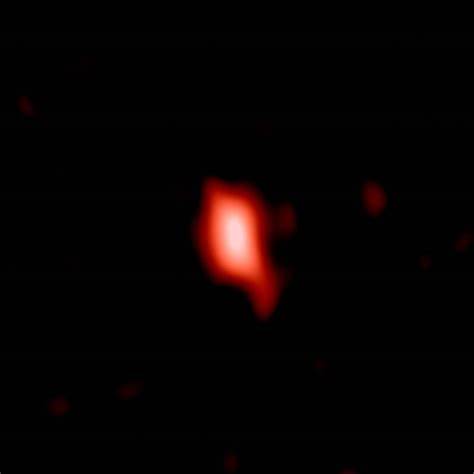
Astronomers believe that uncovering the properties and light emissions of these primordial celestial bodies could unravel the mystery of how the universe transitioned from opacity to the clarity we observe today.
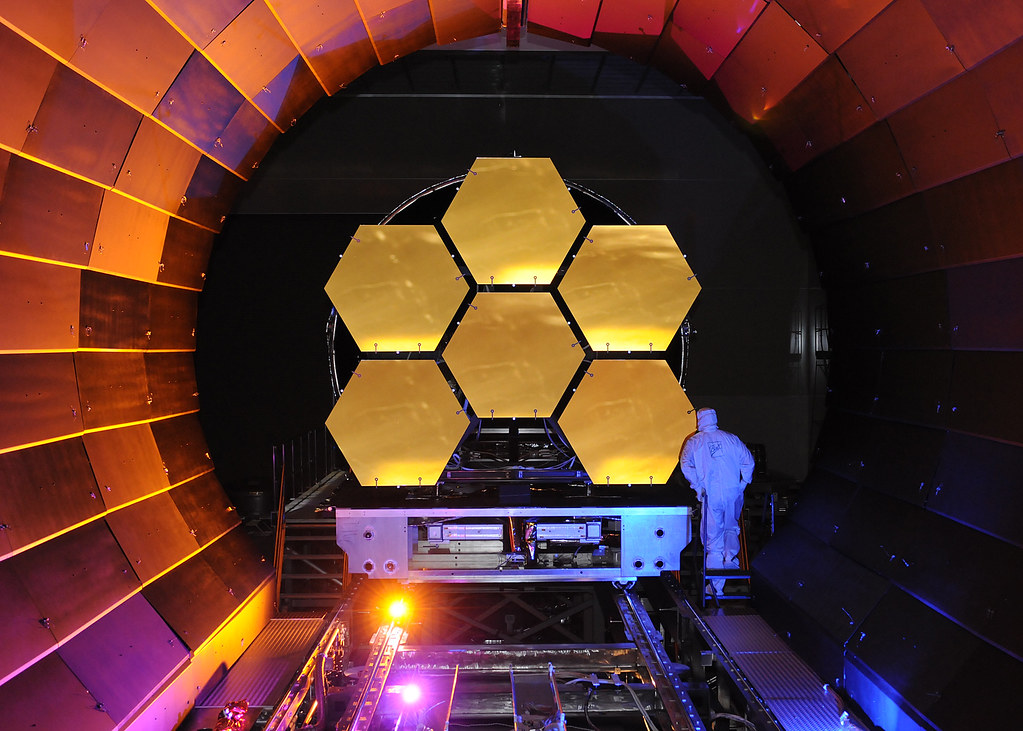
The JWST has ushered in a new era of cosmic exploration. Where earlier telescopes, including the venerable Hubble, could only identify the brightest and largest of distant galaxies, the JWST’s advanced technology captures the more representative faint galaxies. By studying these galaxies, astronomers hope to piece together the larger puzzle of the universe’s metamorphosis.

JD1’s confirmation as a distant galaxy comes from precise measurements obtained through JWST’s near-infrared spectrograph, NIRSpec.

The instrument’s spectrum analysis revealed JD1’s distance from Earth, age, star formation rate, and even the composition of its dust and heavy elements. This kind of detail is not just about one galaxy; it provides a window into the conditions that shaped the very structure of our cosmic home.
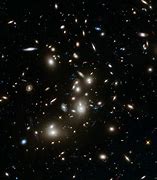
The inquiry doesn’t end with JD1. An international team of astronomers, using the same gravitational lensing technique, turned their gaze to a group of galaxies known as Pandora’s Cluster. With the JWST, they observed faint galaxies behind this cluster, revealing that even less luminous galaxies from the early universe likely played a crucial role in reionization.

These smaller galaxies were found to be generating an unexpectedly high amount of ionizing light, suggesting that it would only take a small fraction of this light to escape their galactic confines to clear the cosmic fog.

As researchers continue their celestial investigations, using other massive galaxy clusters to magnify more faint galaxies, the story of the universe’s early transformation comes into sharper focus.

These early observations are already challenging prior assumptions and hinting that the cosmos may have been reionized not by a few large galaxies but by the collective brilliance of numerous small ones.
Relevant articles:
– Looking back toward cosmic dawn — astronomers confirm the faintest galaxy ever seen, Down To Earth
– Looking back toward cosmic dawn − astronomers confirm the faintest galaxy ever seen, The Conversation
– Looking back toward cosmic dawn − astronomers confirm the faintest galaxy ever seen, Pixstory
– What ended the ‘dark ages’ in the early universe? New Webb data just brought us closer to solving the mystery, The Conversation
